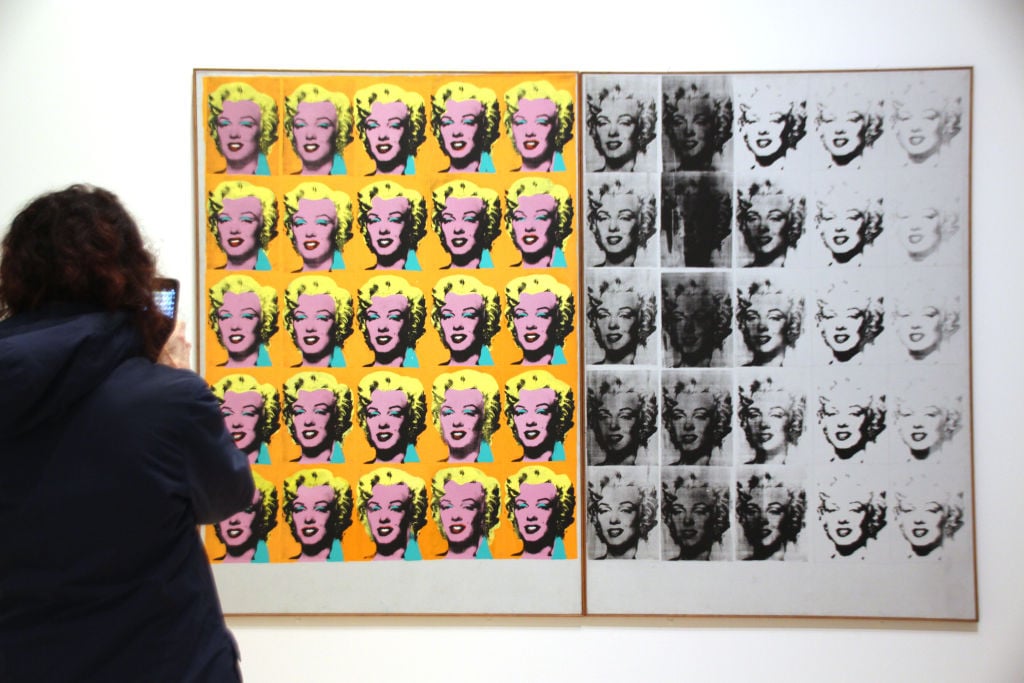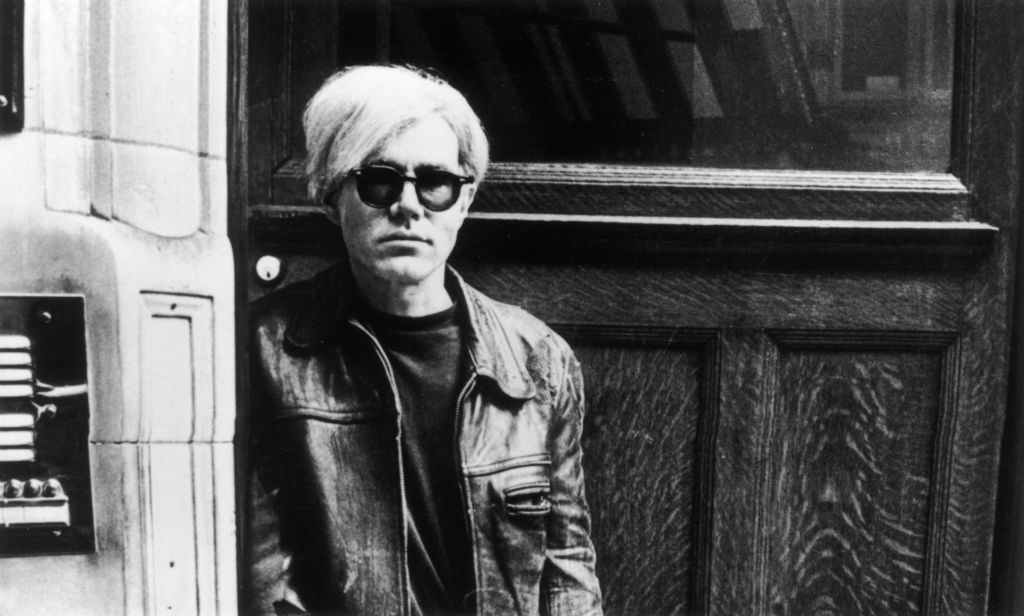Marilyn Monroe: Was She Alive When Andy Warhol Painted Her?
Andy Warhol is one of the 20th century’s most prominent painters and some of his most famous paintings depict Marilyn Monroe. Warhol’s paintings portray Monroe through bold, unnatural colors. These paintings helped to cement Monroe as a pop-culture legend.
Many of Warhol’s works portrayed the biggest pop icons of his day. Sometimes, celebrities would pose for his portraits. This raises an interesting question: Was Monroe alive when Warhol painted her?

The origin of the ‘Marilyn Diptych’
To understand Warhol’s paintings of Monroe, we must first look back at a film which is almost forgotten: Niagara. Niagara is a thriller which isn’t one of Monroe’s more remembered films. It’s not as iconic as Gentlemen Prefer Blondes, How to Marry a Millionaire, or Some Like It Hot.
However, it paved the way for one of the most iconic images of Monroe. A promotional image from the film became the basis for Warhol’s Marilyn Diptych. A diptych is a religious painting put on an altar in some Christian traditions. Some see the title of the Marilyn Diptych as a reference to how celebrities are sometimes deified.
The diptych depicts Monroe fifty times over. Why? Well, Warhol felt the repetition made his painting similar to a Hollywood film. Warhol felt people only go to movies to watch celebrities – celebrities they want to see again and again.
When did Andy Warhol start painting Marilyn Monroe?

Warhol began the Marilyn Diptych shortly after Monroe’s tragic death in 1962. She obviously never got to see the diptych. However, a performer like her likely would have been glad to see her face used in one of the most famous portraits in American history – if not world history.
Half of the Marilyn Diptych features brightly colored images of Monroe. The other half features black-and-white images of her which get progressively more faded. The fading images are a reference to Monroe’s then-recent death.
The image, though bright and welcoming to modern eyes, could have seen morbid just after Monroe’s death. Two major themes in Warhol’s work are death and celebrity culture. By painting the recently deceased Monroe, Warhol captured both themes simultaneously in an unforgettable way.
The legacy of the ‘Marilyn Diptych’
The Marilyn Diptych wasn’t the only time Warhol painted Monroe. He created a similar painting the same year called Double Marilyn. This painting was a gift for his brother, Paul Warhola. Double Marilyn is really two paintings in one.
When he created Double Marilyn, Warhol painted one image of Monroe similar to the images in the Marilyn Diptych. The other depicts Monroe without eyes, a nose, or a chin. What Warhol meant with this image is anyone’s guess.
Warhol’s image of Monroe proved enormously influential. For example, it inspired a similar mural in Chicago. Superstar and Monroe devotee Madonna made the image her own. Her album Celebration features a cover obviously modeled on the Marilyn Diptych. Above all, the Marilyn Diptych helped ensure Monroe’s continuing fame – and Warhol’s.
Also see: Princess Diana: Why This ‘Very Bad’ Painting of Her Is So Famous


